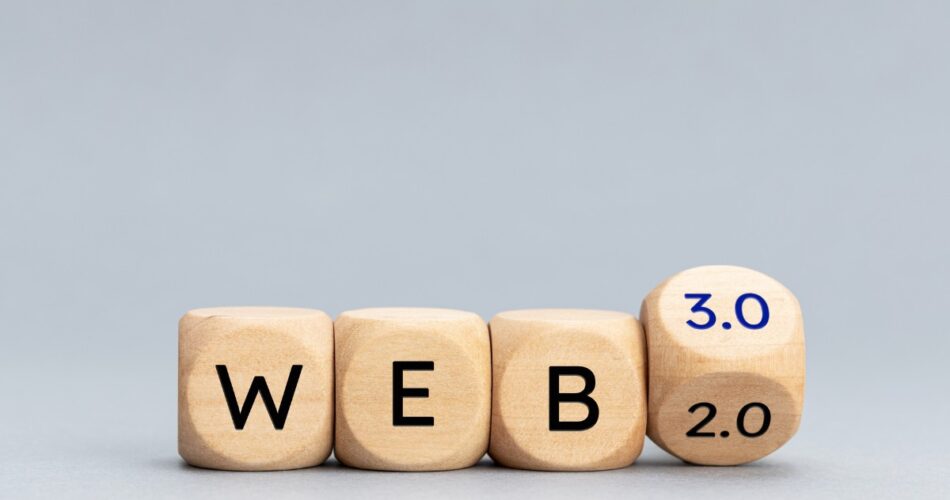The Problem Nobody’s Explaining Well
Let’s be honest: You’ve been hearing about “Web3” for a while now, but concrete examples of how it differs from the internet you use every day are hard to find. Most explanations are either too technical (“decentralized consensus mechanisms!”) or too vague (“it’s the future!”).
But here’s the truth: Web3 introduces real changes that will affect how you browse, shop, socialize, and work online. The question isn’t whether Web3 is coming – it’s whether you’ll understand it when it arrives.
You deserve a clear explanation of what actually changes in your daily digital life.
The Digital Mall vs. Digital Ownership
Imagine the current internet (Web2) as a massive shopping mall:
- The mall owners (Google, Facebook, Amazon) built the space
- Stores (apps, websites) rent space from the mall owners
- You can shop freely, but you’re always on someone else’s property
- Security cameras (tracking) watch everything you do
- You can’t take the furniture home (your data stays in their systems)
- If you’re kicked out, you lose access to everything inside
- The mall can change the rules anytime
Now imagine Web3 as a city where you own property:
- You own your digital house (your data)
- You decide who enters (permissions)
- You can take your furniture anywhere (data portability)
- You can build additions without permission (customization)
- If one neighborhood declines, you can move without losing everything
- Nobody can evict you from property you own
- Rules change only when residents vote
The Real Differences That Actually Matter
1. You Own Your Stuff
Web2: Your photos on Instagram? Instagram owns them. Your ebooks on Kindle? Amazon controls them. Your account can be suspended anytime, and you lose everything.
Web3: Your photos, posts, and digital goods live in your “digital wallet” – YOU own them. Even if a platform disappears, your stuff remains yours.
Real example: Remember Vine? When it shut down, creators lost their audiences. In Web3, creators keep their followers even if platforms change.
2. You Control Your Data
Web2: Companies build detailed profiles about you and sell them to advertisers. You’re the product.
Web3: Your data stays with you. You share only what you want, when you want, and even get paid when companies want to use it.
Real example: Brave browser already pays you for viewing ads – a tiny glimpse of Web3’s “your attention has value” model.
3. No Middlemen Taking Cuts
Web2: Creators give 30% to Apple’s App Store, 45% to YouTube, or 50%+ to Uber/Airbnb.
Web3: Direct connections mean creators keep 95%+ of what they earn.
Real example: Musicians on Web3 platforms like Audius earn directly from fans without labels taking most profits.
4. You Can’t Be Silenced
Web2: One complaint can delete your account. One policy change can destroy your business.
Web3: No central authority can remove content or accounts. Your digital presence is truly yours.
Real example: Wikileaks was cut off from payment processors. In Web3, no one can block payments to controversial organizations.
5. Digital Goods Have Real Value
Web2: Your game items, digital collectibles, and virtual assets have no real-world value and can’t leave their platforms.
Web3: Digital items can be sold, traded, and used across different platforms – just like physical items.
Real example: Web3 gamers are selling virtual land and items for real money, sometimes making a living from their digital assets.
What Stays the Same (For Now)
Not everything changes overnight:
- You’ll still use apps and websites – they’ll just connect differently behind the scenes
- You’ll still communicate with friends – just with more privacy
- You’ll still consume content – but creators will get paid fairly
- You’ll still need internet access – Web3 builds on existing infrastructure
The biggest change is philosophical: from “asking permission” to “having ownership.”
Your Web3 Start Guide (No Cryptocurrency Required)
You don’t need to dive into Bitcoin to start experiencing Web3. Here are simple steps:
- Try a Web3 Browser: Download Brave (brave.com). It blocks trackers and offers optional privacy-respecting ads that pay you.
- Create a Simple Wallet: MetaMask is the Gmail of Web3 – a basic starting point. You don’t need to add money yet.
- Follow Web3 Creators: Find content creators who use platforms like Mirror, Substack, or Patreon – they’re building direct relationships with audiences.
- Join a DAO Experiment: Look for “Social DAOs” that let you participate in community decisions without technical knowledge.
- Ask Better Questions: When using apps, start asking: “Who owns my data here? Could I take it elsewhere? Who profits from my attention?”
What This Means For Your Future
Web3 won’t replace Web2 overnight – they’ll coexist, just like streaming didn’t immediately kill cable TV.
The transition will happen application by application, gradually:
- First: Digital art, collectibles, and finance (already happening)
- Next: Social media, gaming, and content platforms (starting now)
- Later: Everyday services like email, shopping, and messaging (coming soon)
Think of Web3 as regaining digital rights you never realized you’d lost. It’s not about blockchain or crypto – it’s about returning ownership to users.
The question isn’t whether to “invest in Web3.” The question is: Once you understand the difference between renting and owning your digital life, which would you prefer?
